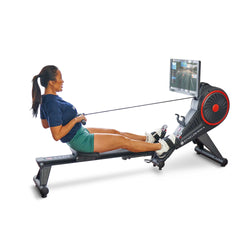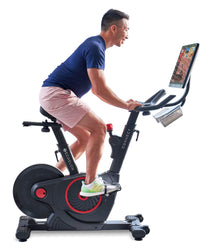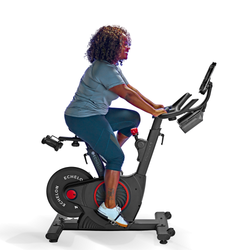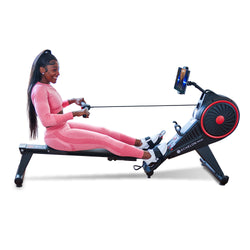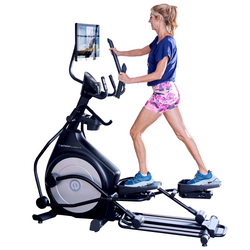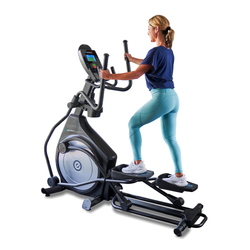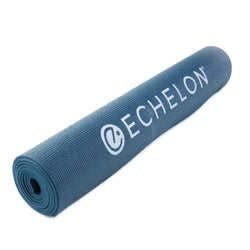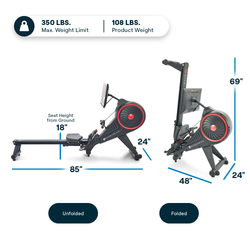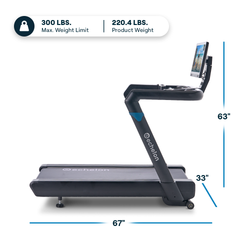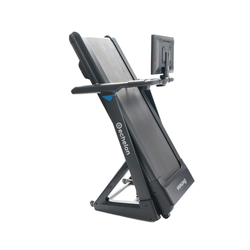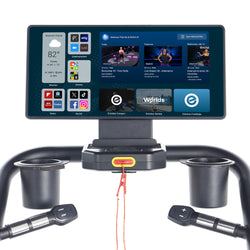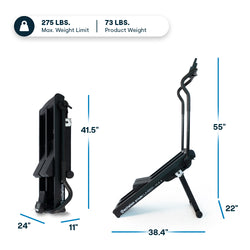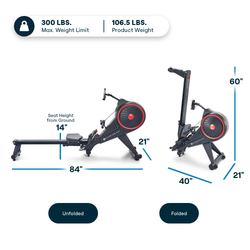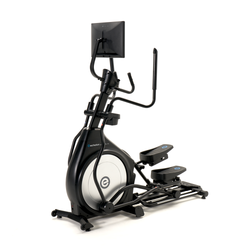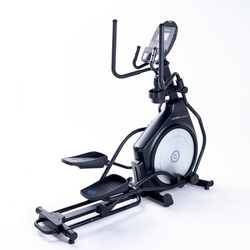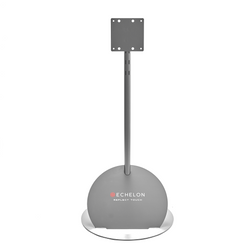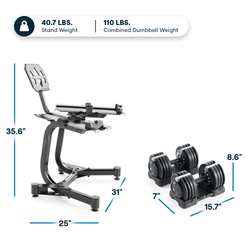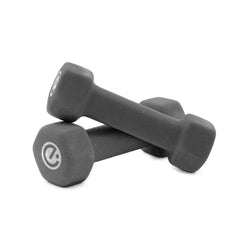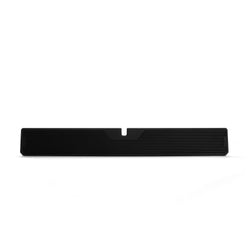The ABCs of Starting a Fitness Program
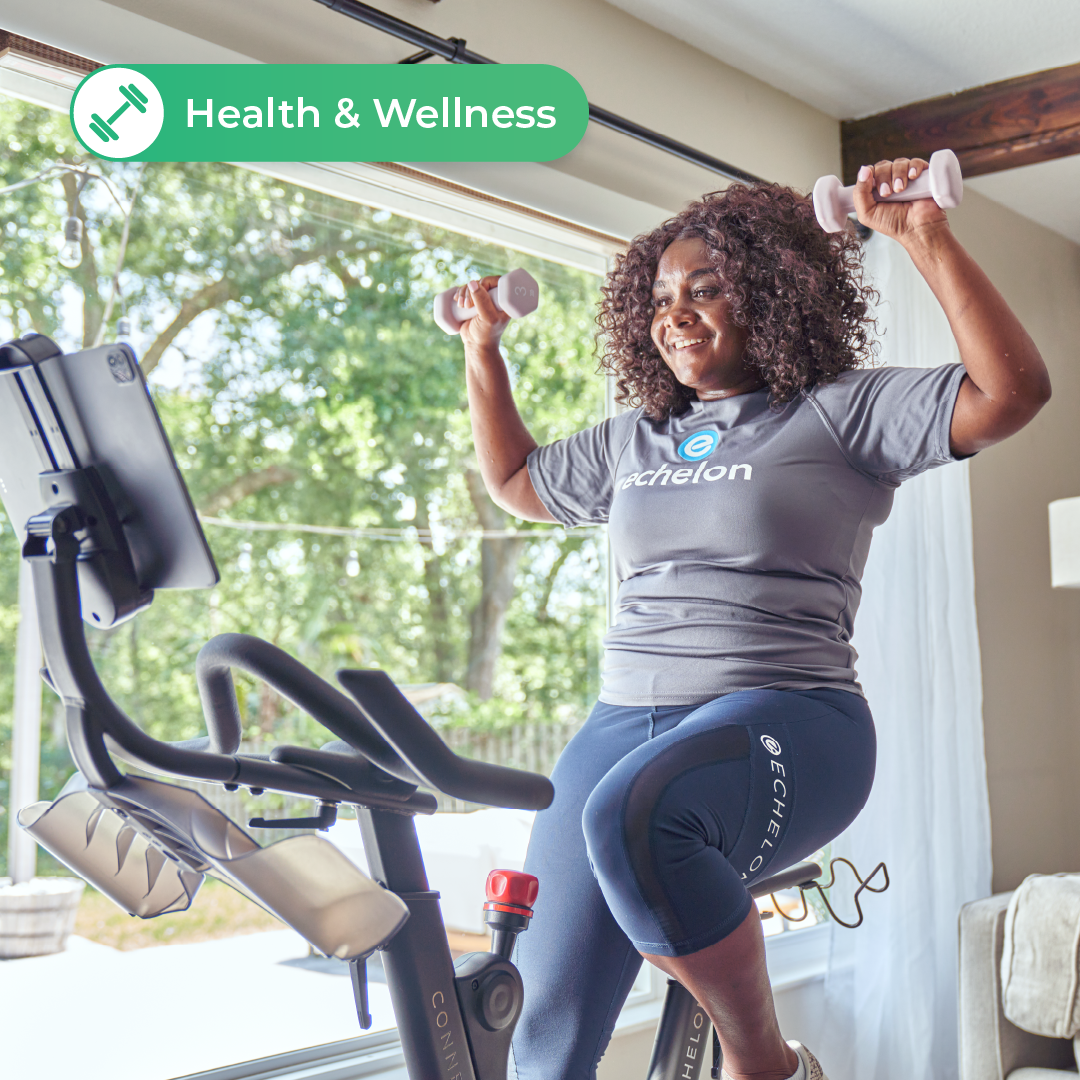
Are you ready to start a fitness program, but don't know where to begin? Working out can seem overwhelming at first, but it doesn't have to be! With the right attitude and a few simple guidelines, you can get off to a great start. In this blog post, we'll go over the ABCs of starting a fitness program, from understanding the basics of exercise to setting realistic goals and creating a plan for success. Let's get started!
Understanding the Benefits of Regular Exercise
Regular exercise has a multitude of benefits for both our physical and mental health. From reducing the risk of chronic diseases like heart disease and diabetes to improving our mood and mental clarity, exercise is truly a game-changer. It helps strengthen our muscles and bones, improves our cardiovascular fitness, and boosts our energy levels. Additionally, exercise promotes better sleep, reduces stress and anxiety, and enhances our overall quality of life. Understanding these benefits can serve as a great motivator for starting a fitness program and reaping the rewards of a healthier lifestyle.
Setting SMART Fitness Goals
Setting goals is an essential step when starting a fitness program. It helps you stay focused, motivated, and accountable. To set effective fitness goals, it's important to make them SMART:
Specific: Instead of saying "I want to get fit," specify what exactly you want to achieve. For example, "I want to lose 10 pounds" or "I want to be able to run a 5k."
Measurable: Make sure your goals are measurable, so you can track your progress. You could measure your progress by weight, distance, time, or repetitions.
Achievable: Your goals should be realistic and attainable. Consider your current fitness level and set goals that challenge you but are within reach. For instance, if you're a beginner, aiming to run a marathon in a month may not be feasible. Start with smaller milestones, such as completing a 5k race.
Relevant: Your goals should align with your interests, needs, and overall fitness objectives. Ask yourself why you want to achieve a particular goal and how it fits into your fitness journey.
Time-bound: Set a deadline for achieving your goals. This helps create a sense of urgency and prevents procrastination. Having a timeline also allows you to break your goals into smaller, more manageable steps.
Remember, it's important to reassess and adjust your goals periodically. As you progress and improve, your goals may change. Don't be afraid to set new challenges for yourself and celebrate your accomplishments along the way. With SMART goals, you'll be well on your way to success in your fitness journey.
Finding the Right Type of Exercise for You
When it comes to finding the right type of exercise for you, it's important to consider your interests, preferences, and physical capabilities. There are countless options to choose from, including cardio activities like running or cycling, strength training exercises, and various fitness classes. Experiment with different activities to see what you enjoy and what suits your fitness goals. It's also important to consider any potential health conditions or limitations you may have, and consult with a healthcare professional or fitness expert if necessary. Remember, the best exercise is one that you'll stick to and enjoy!
Creating a Workout Schedule
Creating a workout schedule is an essential part of starting a fitness program. It helps you stay organized and committed to your goals. Start by determining how many days a week you can realistically dedicate to working out. Consider your other commitments and schedule your workouts accordingly. Choose a time of day that works best for you, whether it's early morning or in the evening. Make sure to include a mix of cardio, strength training, and flexibility exercises throughout the week to target different areas of your body. Remember to be flexible and adjust your schedule as needed to maintain consistency.
Starting Slow and Gradually Increasing Intensity
One of the most common mistakes beginners make when starting a workout routine is going all out on day one. This can lead to injuries and burnout. Instead, start slow and gradually increase the intensity of your workouts over time. For example, if you're new to running, start with a walk-jog combination and slowly increase the time spent jogging until you can run for a longer period of time. This approach will not only prevent injuries but also allow your body to adapt to the new demands placed on it. Remember, slow and steady wins the race.
Proper Form and Technique
When it comes to working out, proper form and technique are crucial for preventing injuries and maximizing results. Whether you're lifting weights or doing bodyweight exercises, it's important to maintain proper alignment, engage the right muscles, and avoid any jerking or bouncing movements. Start with lighter weights or lower resistance to focus on perfecting your form before gradually increasing the intensity. If you're unsure about the correct form for a specific exercise, consider working with a certified personal trainer who can guide you and ensure you're doing each movement correctly. Remember, quality always trumps quantity when it comes to exercise.
Staying Motivated and Consistent
One of the biggest challenges in starting a fitness program is staying motivated and consistent. To maintain your momentum, it's essential to have a clear idea of why you started this journey in the first place. Remind yourself of the benefits you'll reap, such as improved physical and mental health, increased energy levels, and reduced stress. Additionally, try setting smaller goals along the way to help you stay motivated and celebrate your progress. Remember that consistency is key, and it's better to exercise for 20-30 minutes a day than to skip workouts altogether. Find an accountability partner or join a fitness group to stay on track and motivated. Lastly, make your workout routine enjoyable by incorporating activities you love, such as dance, yoga, or hiking.


